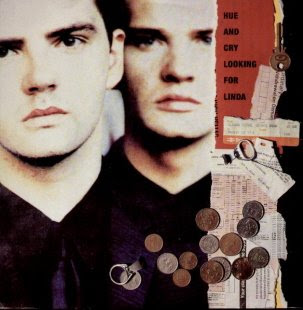

The goal of social control is to maintain order in society and ensure conformity in those who are deemed deviant or undesirable in society.

Individuals and institutions utilize social control to establish social norms and rules, which can be exercised by peers or friends, family, state and religious organizations, schools, and the workplace. Society uses certain sanctions to enforce a standard of behavior that is deemed socially acceptable. Sociologist Émile Durkheim also explored social control in the work The Division of Labour in Society and discusses the paradox of deviance, stating that social control is what makes us abide by laws in the first place. Some social philosophers have played a role in the development of social control such as Thomas Hobbes in his work Leviathan that discusses social order and how the state exerts this using civil and military power as well as Cesare Beccaria's On Crimes and Punishments that argues that people will avoid criminal behavior if their acts result in harsher punishment, stating that changes in punishment will act as a form of social control.

The term "social control" was first introduced to sociology by Albion Woodbury Small and George Edgar Vincent in 1894 however, at the time, sociologists only showed sporadic interest in the subject. The disciplinary model was the forerunner to the control model. Social control is described as a certain set of rules and standards in society that keep individuals bound to conventional standards as well as to the use of formalized mechanisms. Social control is a concept within the disciplines of the social sciences. Signs warning of prohibited activities an example of a social control


 0 kommentar(er)
0 kommentar(er)
